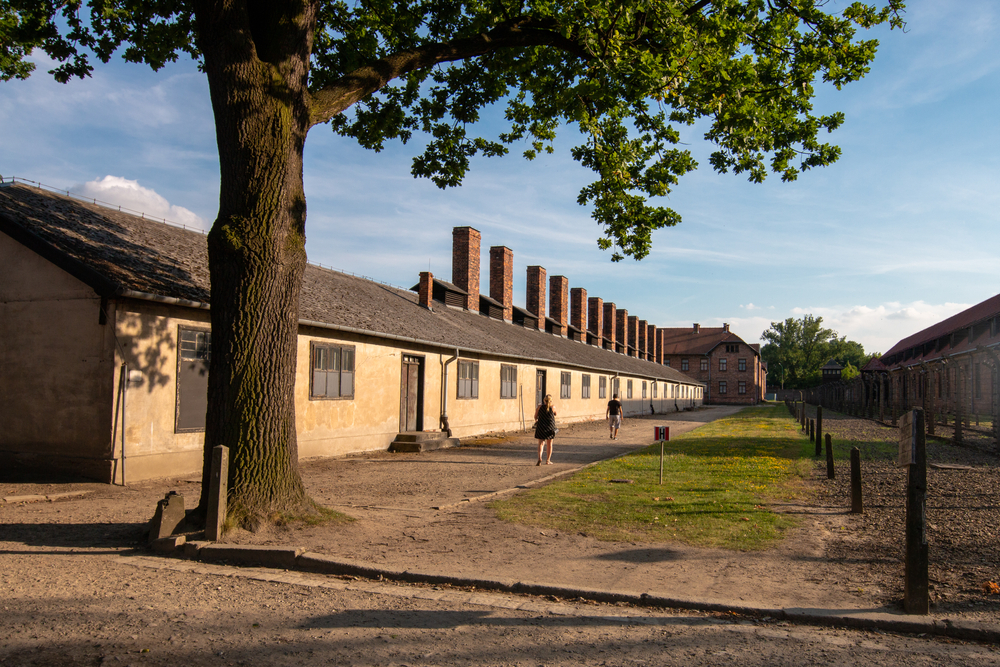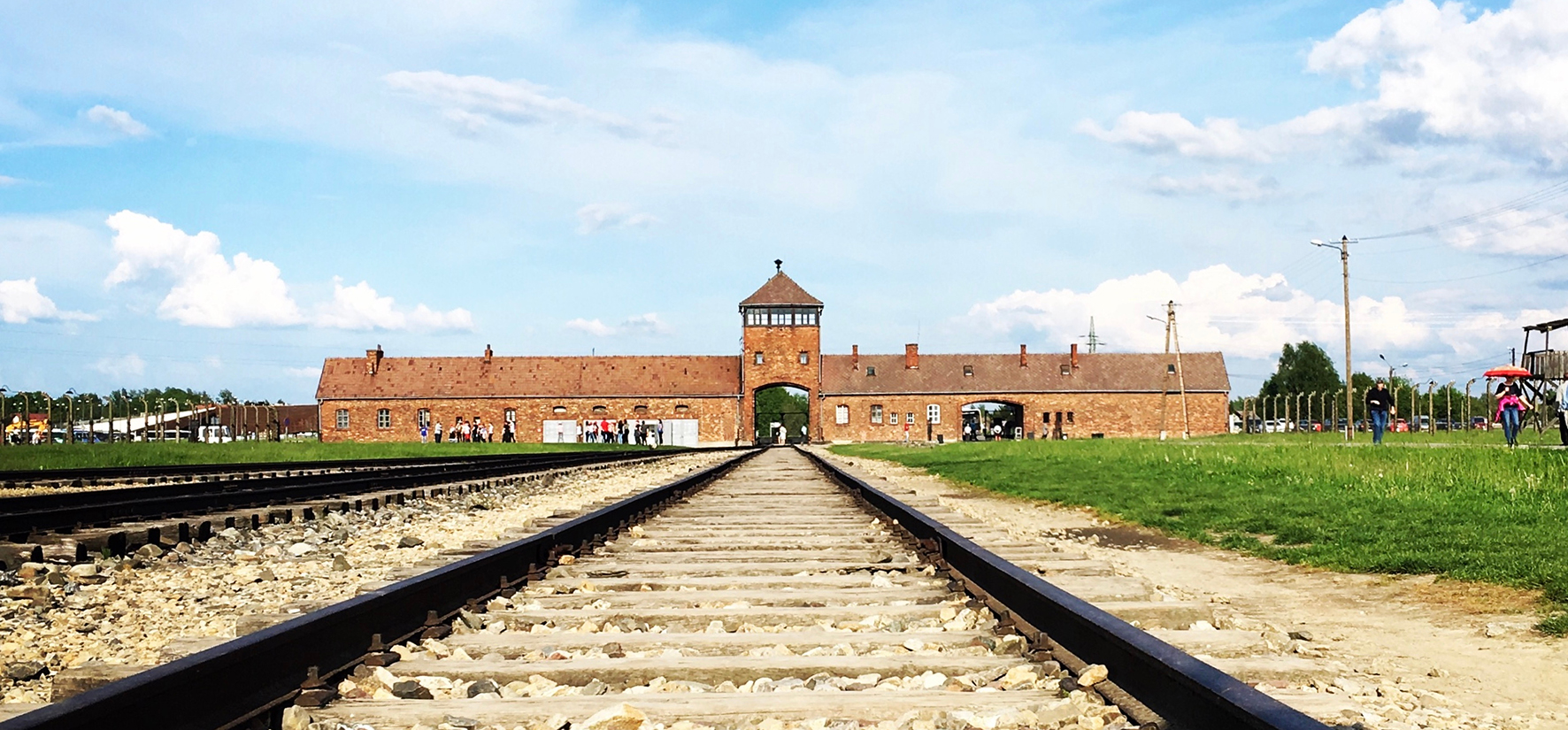Embarking on a journey to visit Auschwitz and participating in a salt mine tour presents an opportunity to delve into the depths of history, uncovering tales of sorrow, resilience, and human ingenuity. These two distinct experiences offer a profound insight into Poland’s rich and tumultuous past, inviting travelers to reflect on the complexities of humanity and the indomitable spirit of survival. As we explore these historic sites, we not only pay homage to the memory of those who suffered but also marvel at the remarkable achievements of human craftsmanship and endurance.
The Significance of Visiting Auschwitz
Auschwitz stands as a somber reminder of the atrocities committed during World War II. This former concentration and extermination camp, now a museum and memorial, serves as an important educational site, emphasizing the need for remembrance and vigilance against hatred and intolerance.
Learning from History
The Auschwitz and salt mine tour is more than just an excursion; it is a profound educational experience. Walking through the gates of Auschwitz, visitors are confronted with the stark realities of the Holocaust. The exhibitions and preserved artifacts, such as personal belongings of the victims, offer a tangible connection to the past, fostering a deeper understanding of the human cost of bigotry and war.

Commemorating the Victims
Participating in an Auschwitz and salt mine tour is also an act of remembrance. By visiting Auschwitz, individuals pay their respects to the millions who perished, acknowledging their suffering and honoring their memory. This act of commemoration is essential in ensuring that the lessons of the past are not forgotten.
Discovering the Wonders of the Salt Mine
In stark contrast to the somber atmosphere of Auschwitz, the salt mine tour offers a glimpse into the marvels of human creativity and adaptability. The salt mines, with their underground chapels, lakes, and intricate carvings, stand as a testament to the ingenuity and artistry of the miners who worked within these depths.
The Artistry Beneath the Earth
The salt mine tour reveals an underground world of stunning beauty. Visitors are mesmerized by the elaborate salt sculptures and the grandeur of the chapels carved entirely out of salt. These artistic creations highlight the miners’ skill and dedication, transforming the dark caverns into a subterranean wonderland.
A Journey Through Time
Exploring the salt mines is also a journey through centuries of history. The mines have been operational for over 700 years, playing a crucial role in the region’s economy and development. The tour provides insight into the evolution of mining techniques and the daily lives of miners, offering a unique perspective on the historical significance of this industry.
Combining Auschwitz and Salt Mine Tours: A Comprehensive Experience
The Auschwitz and salt mine tour package offers a comprehensive exploration of Poland’s historical and cultural heritage. This combination allows travelers to experience the stark contrasts of human history—from the darkest moments to the heights of creativity and resilience.
Logistical Considerations
- Planning your visit: It’s advisable to allocate a full day for each tour to fully appreciate the sites without feeling rushed.
- Transportation: Consider the logistics of traveling between Auschwitz and the salt mines, as they are located in different areas.
- Emotional preparation: Be mentally prepared for the emotional impact of visiting Auschwitz, followed by the awe-inspiring experience of the salt mines.
Maximizing the Experience
- Engage with guides: Knowledgeable guides can enhance the experience, providing context and answering questions.
- Reflective moments: Allow time for reflection at both sites to truly absorb the significance of what you have learned.
- Combining tours: Booking a combined Auschwitz and salt mine tour can offer convenience and often a more immersive experience.
Embarking on an Auschwitz and salt mine tour is a journey through the multifaceted narrative of human history. These visits not only offer a window into Poland’s past but also serve as a reminder of the resilience of the human spirit and the importance of remembering history’s lessons. Through this exploration, we gain a deeper appreciation for the complexity of our shared heritage and the enduring power of memory and artistry.





